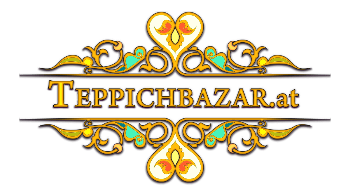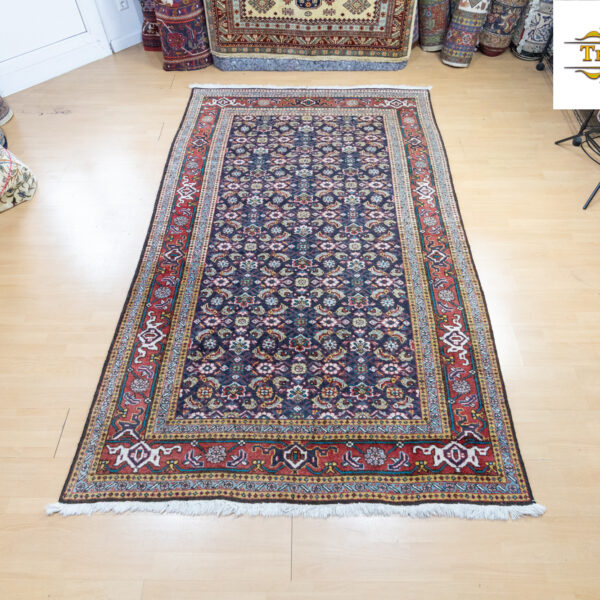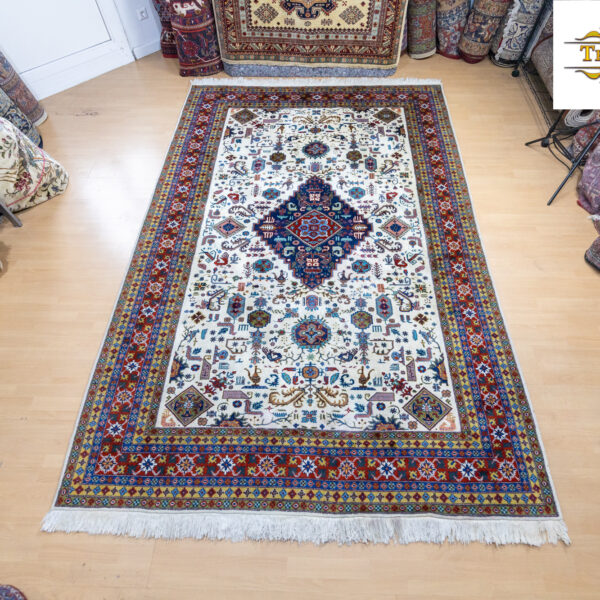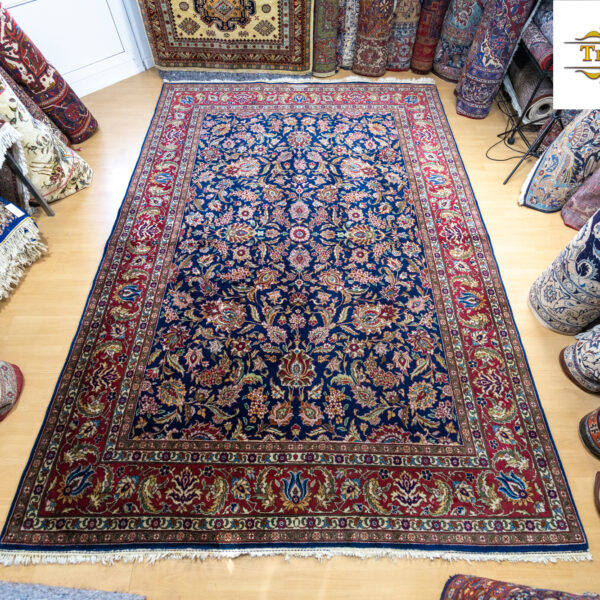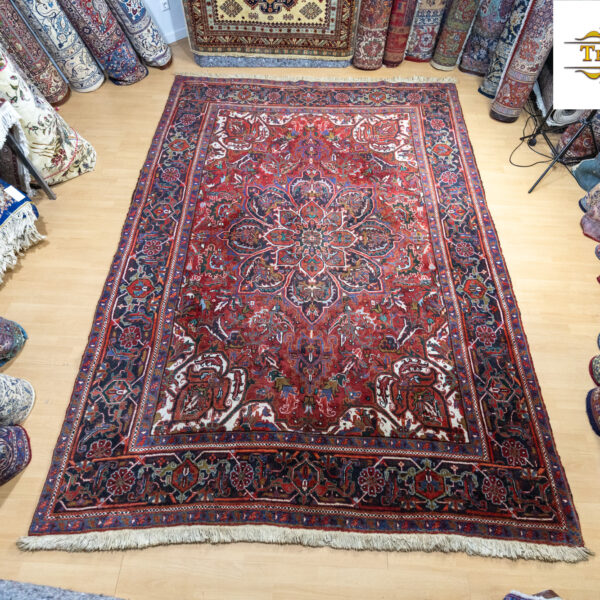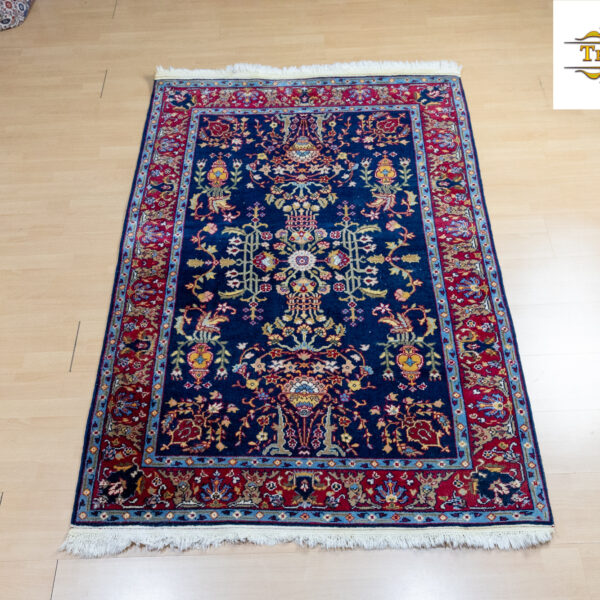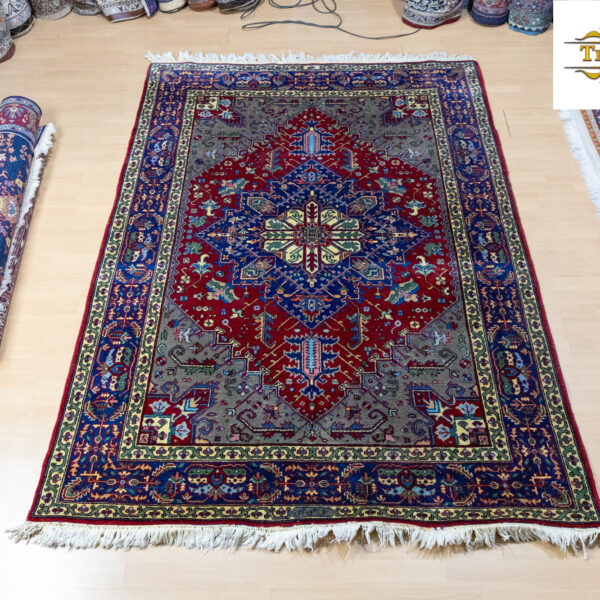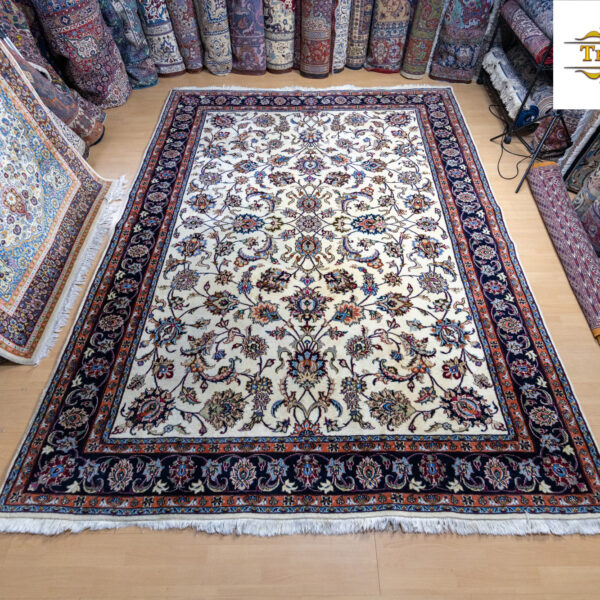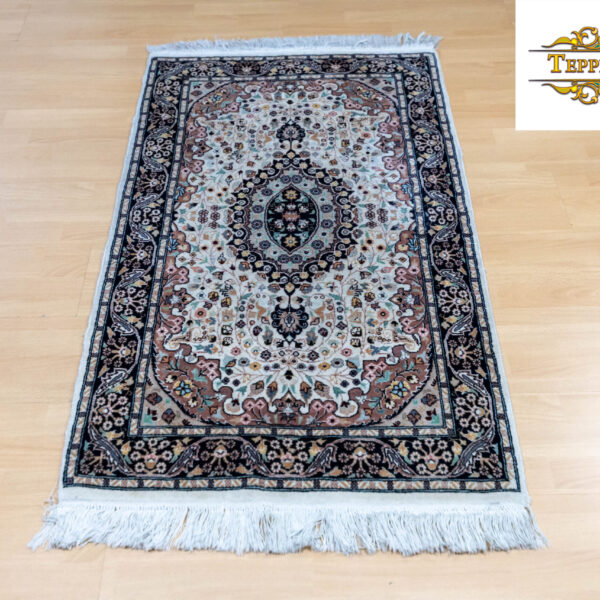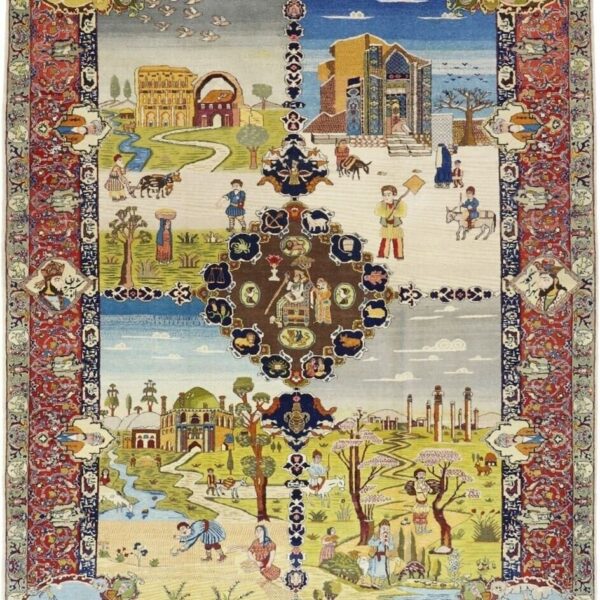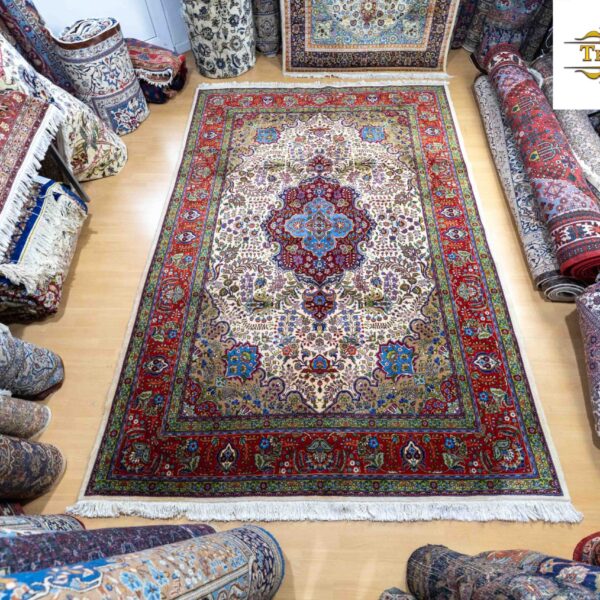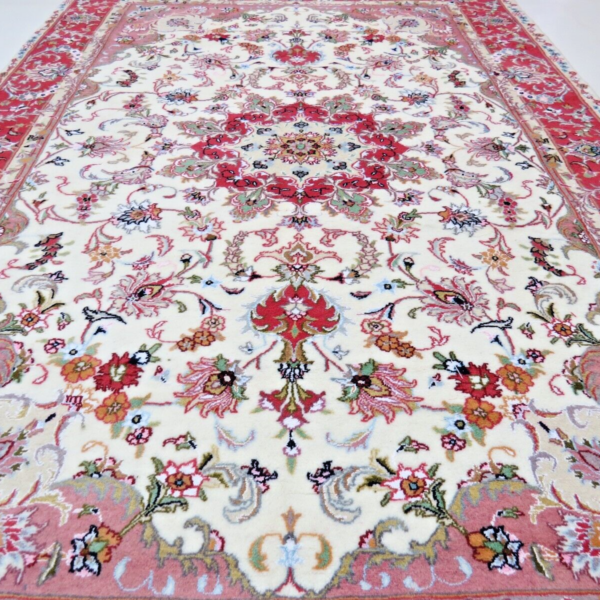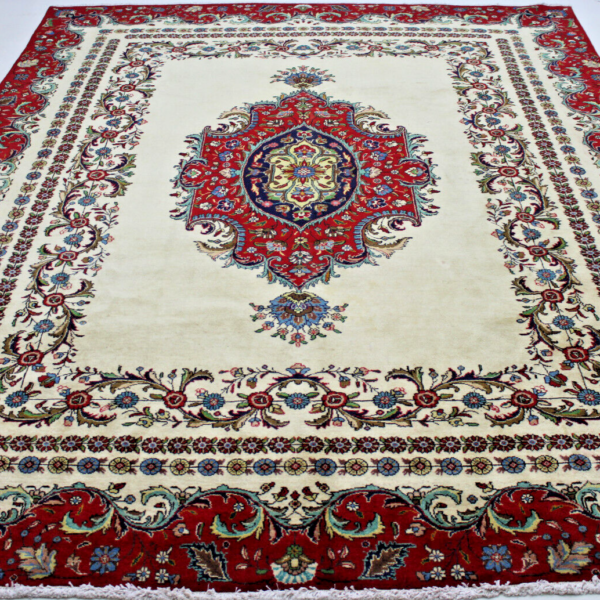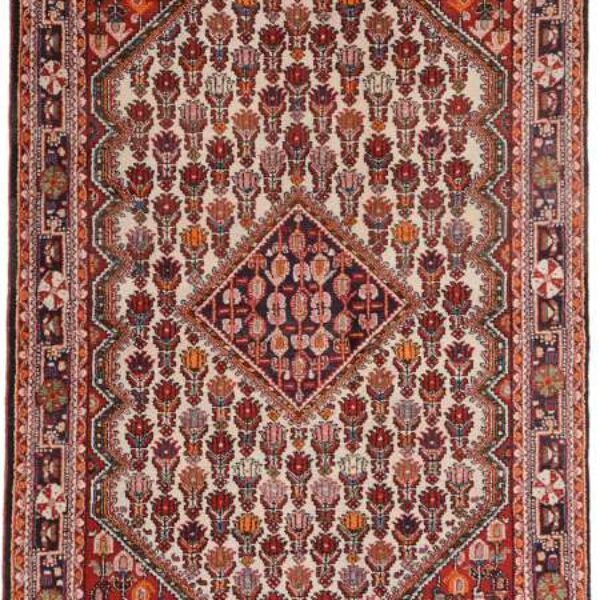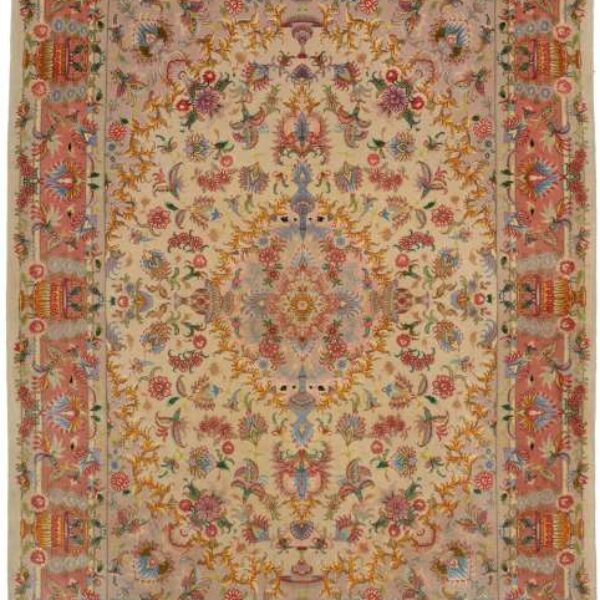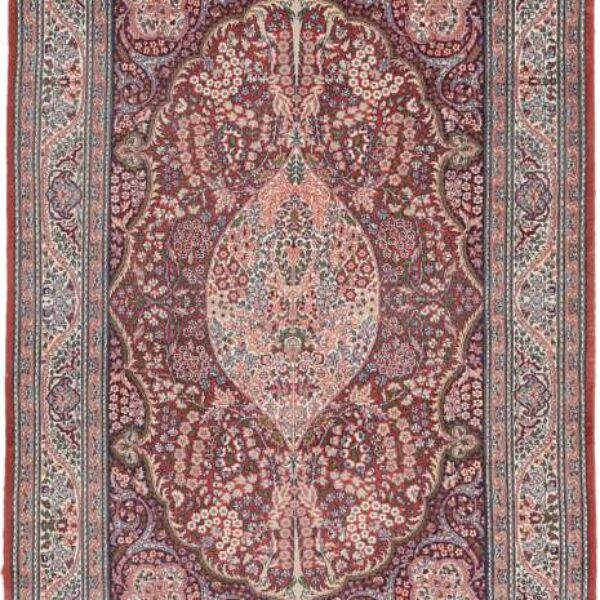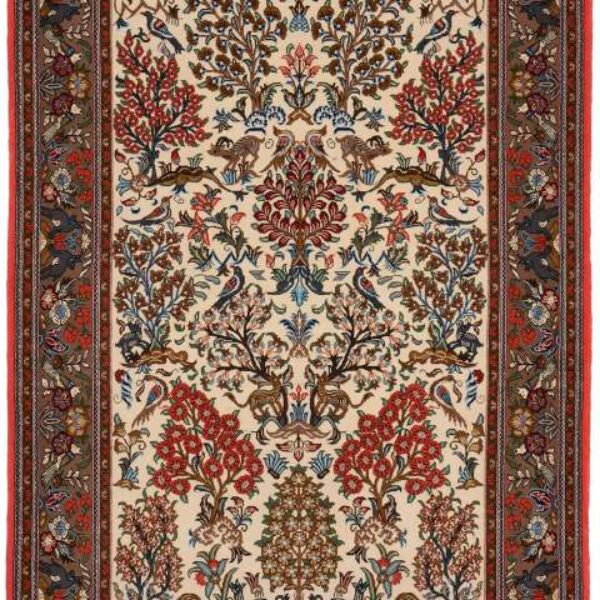Tabriz or Tabriz carpets
Tabriz or Tabriz carpet
A Tabriz rug is a rug from the general category of Persian rugs from Tabriz, the capital of East Azarbaijan province in north-western Iran. It is one of the oldest carpet weaving centers and produces a wide variety of carpet types. The palette ranges from the bazaar quality with 24 Raj (number of knots per 7 cm carpet width) to the incredibly fine 110 Raj. Raj is the unit of knot density. It indicates the stiffness of the rug, which is based on the number of cords used to form the rug's foundation. The threads are usually made of cotton or silk, which is used for very fine carpets.
Tabriz has one of the most diverse patterns, from medallions, Herati/Mahi to figural, painterly and even three-dimensional carpets.
The most important manufacturers in Tabriz today include: Alabaf of Tabriz, Galibafi Nassadji Tabriz and Miri Brothers.
Tabriz was a large and world-renowned carpet-making center in Iran and around the world. It played a significant role in developing rich traditions of decorative and applied arts.
Tabriz carpet art had its peak in the 12th to 16th centuries. The 200 or so masterpieces of the Tabriz school of the classical or “golden” period of the 14th century are characterized by a harmonious fusion of miniature painting and weaving, as well as a high degree of craftsmanship on the part of the artists and carpet weavers.
The Tabriz school can be divided into 2 subgroups: Tabriz and Ardabil.
